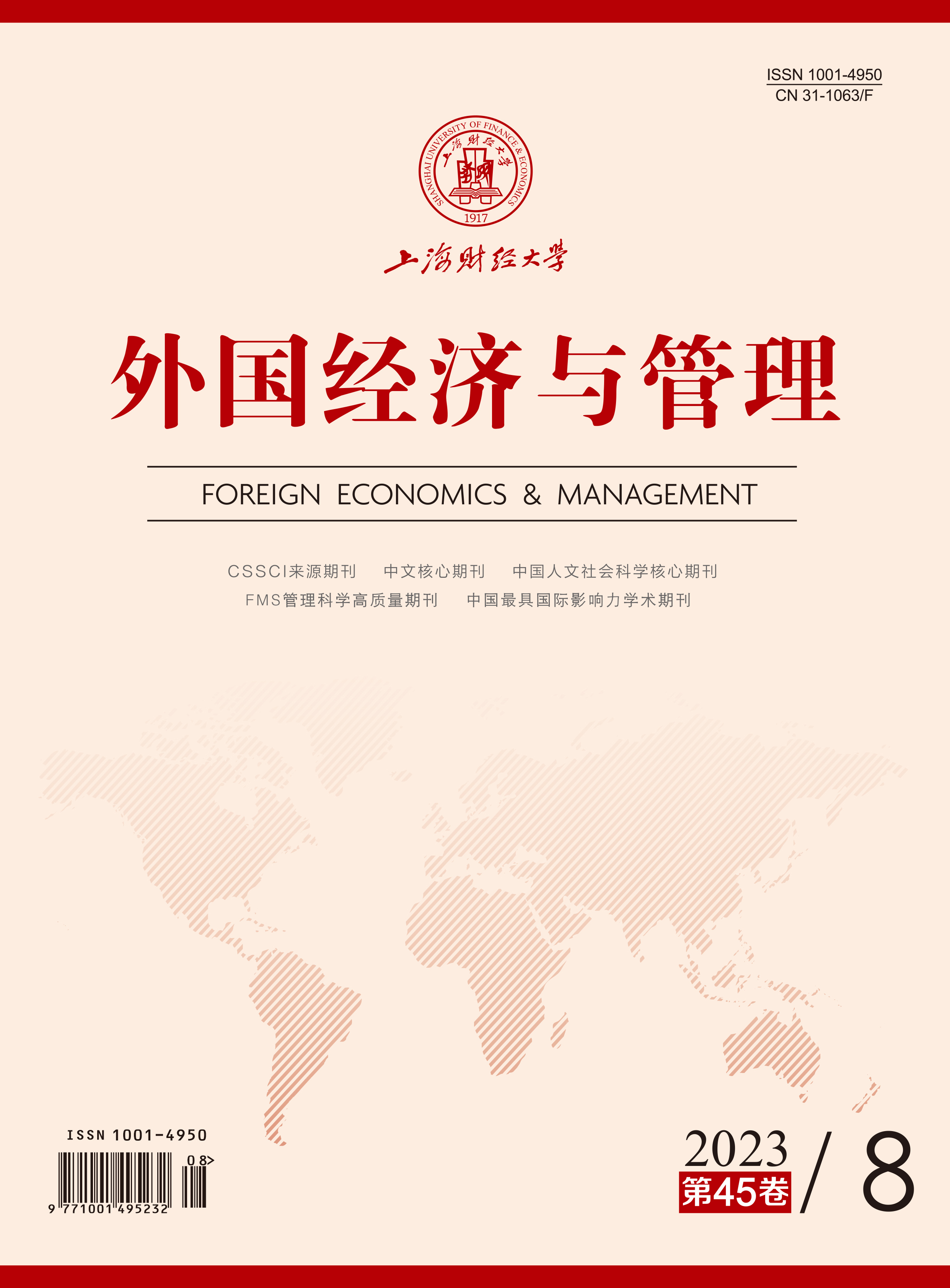In the supply chain network, the innovation behaviors of downstream customer enterprises and upstream suppliers are interrelated. By matching the data of Chinese listed companies and non-listed companies, this paper studies the “bottom-up” reverse innovation transmission effect in the supply chain network.The results show that: First, customer enterprise innovation will conduct in the upstream direction, which has a significant and positive impact on the exploratory innovation of upstream enterprises. Second, under the effect of market demand induction mechanism, customer enterprise innovation promotes the exploratory innovation of upstream enterprises by improving their own bargaining power and putting forward higher and more stable requirements of product technology. Third, under the effect of technological knowledge diffusion mechanism, customer enterprise innovation significantly improves the diversification level of upstream enterprises’ knowledge and technological capabilities, and thus promotes the exploratory innovation of upstream enterprises.Further research finds that the innovation transmission effect has certain directionality, and there is no “top-down” transmission effect in exploratory innovation. Moreover, when upstream enterprises have stronger ability to respond to market demand, the global cohesion of knowledge is lower, or the local cohesion is higher, the innovation transmission effect is stronger. When customer enterprises are geographically far away from upstream enterprises, or the information environment of the industry where customer enterprises are located is better, the innovation transmission effect is stronger.The main contributions of this paper are as follows: First, from the micro-enterprise perspective of the supply chain network, it combines the supply chain network with exploratory innovation and focuses on the “bottom-up” innovation transmission effect, forming a new perspective for studying enterprise innovation. Second, it conducts innovation research through the methods of “enterprise to enterprise” and “point to point” and constructs a matching sample of “upstream target enterprises–downstream customer enterprises” by matching the supply chain database with the patent database, which not only expands the number of samples and obtains patent information that can directly reflect the innovation level of customer enterprises, but also better controls the characteristics of affected enterprises and more accurately identifies the innovation transmission effect. Third, from the perspectives of market demand induction and technological knowledge diffusion, it empirically tests the transmission mechanism of exploratory innovation in the supply chain network at multiple levels, enriching and deepening the research on the mechanism behind innovation correlations.
 / Journals / Foreign Economics & Management
/ Journals / Foreign Economics & ManagementForeign Economics & Management
JIN Yuying, Editor-in-Chief
ZhengChunrong, Vice Executive Editor-in-Chief
YinHuifang HeXiaogang LiuJianguo, Vice Editor-in-Chief
Does the Innovation of Customer Enterprises Drive the Exploratory Innovation of Upstream Enterprises? A Study on the Reverse Transmission Effect of Innovation
Foreign Economics & Management Vol. 45, Issue 08, pp. 83 - 100 (2023) DOI:10.16538/j.cnki.fem.20230302.401
Summary
References
Summary
Cite this article
Xiao Liping, Liu Dianyi. Does the Innovation of Customer Enterprises Drive the Exploratory Innovation of Upstream Enterprises? A Study on the Reverse Transmission Effect of Innovation[J]. Foreign Economics & Management, 2023, 45(8): 83-100.
Export Citations as:
For
ISSUE COVER
RELATED ARTICLES




 6755
6755  3130
3130

